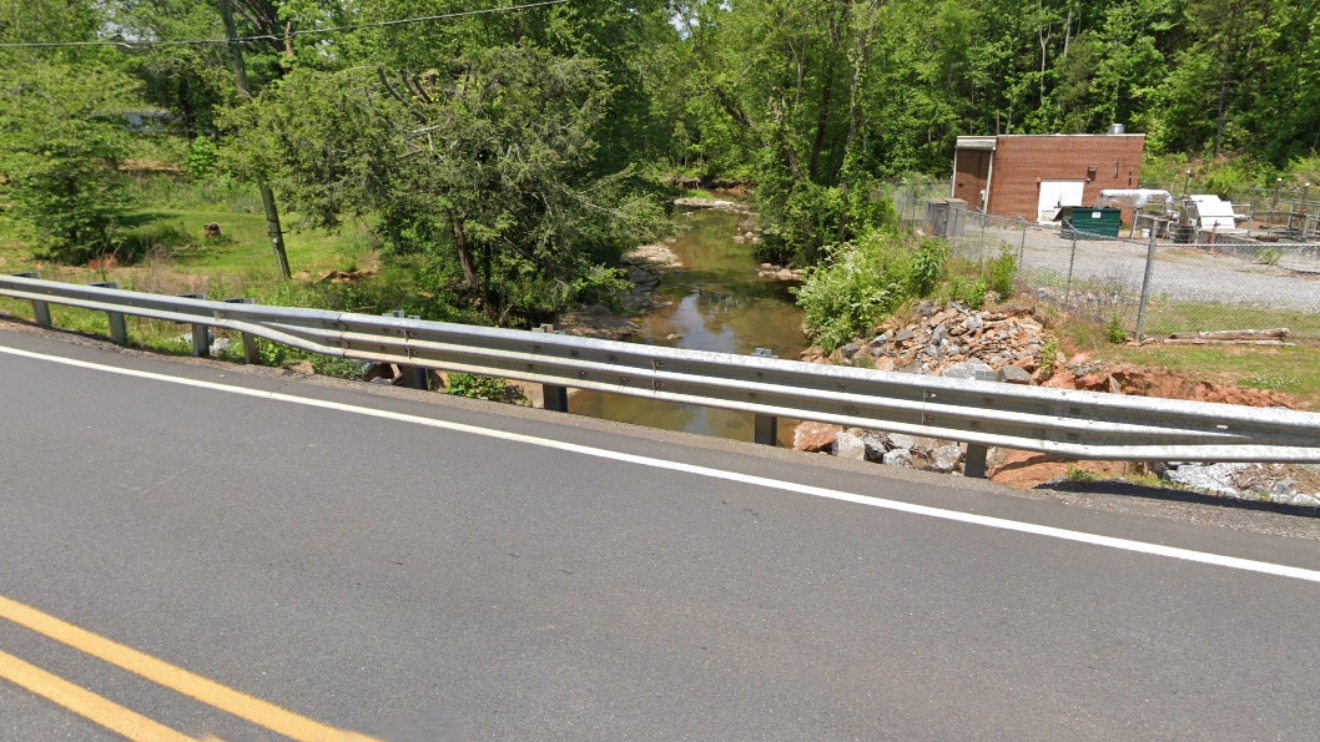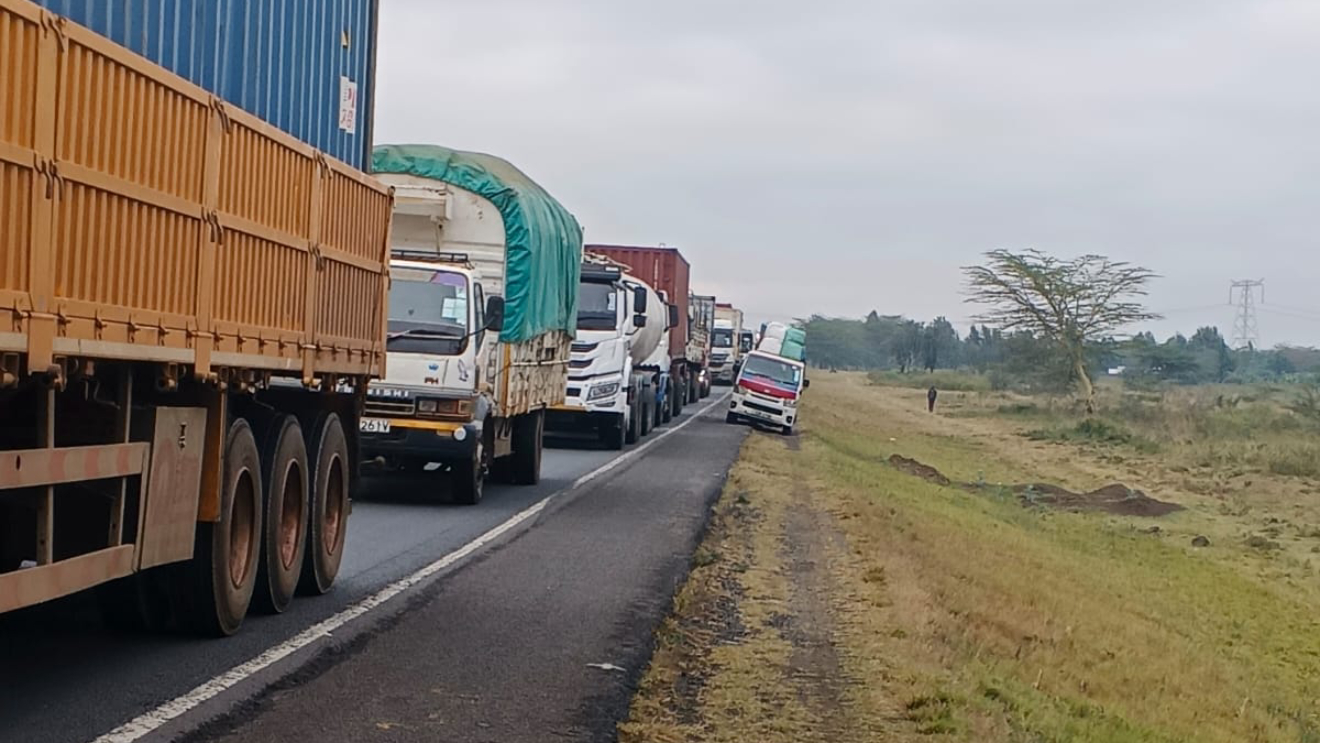Google is facing legal action in the U.S. as the family of Philip Paxson pursues a lawsuit against the tech giant, alleging negligence in failing to update its mapping service, which inadvertently led Mr. Paxson to a perilous encounter with a collapsed bridge.
The incident, resulting in Paxson's tragic demise, has sparked a legal battle, with the family contending that Google's outdated directions concealed the bridge's perilous state.
Paxson's untimely death occurred in September 2022 as he attempted to traverse the ill-fated bridge in Hickory, North Carolina.
State Troopers made a grim discovery on September 30, 2022, as they stumbled upon the lifeless body of Philip Paxson inside his overturned pickup truck, concealed beneath a bridge that had succumbed to collapse nearly ten years prior.
Apparently, he had driven off an unguarded edge, crashing approximately 20 feet below into the Snow Creek, as detailed in the lawsuit.
Read More
The lawsuit, filed in civil court in Wake County, asserts that Google's failure to display the bridge's collapse that had transpired nine years earlier constitutes a grave lapse of responsibility.
The victim, Philip Paxson, a father of two, was returning home from his daughter's ninth birthday celebration at a friend's residence.
Unfamiliar with the neighbourhood, Paxson placed his faith in Google Maps to guide him safely back to his family, who had earlier departed.
Lawyers representing the Paxson family emphasized this reliance, stating, "Unfamiliar with local roads, he relied on Google Maps, expecting it would safely direct him home to his wife and daughters."
Tragically, on that fateful night, as Paxson cautiously navigated the darkness and rain, he unwittingly adhered to Google's outdated instructions, leading him to what his family later discovered had been known as the 'Bridge to Nowhere' for almost a decade.
The ordeal ended with Paxson's vehicle crashing into Snow Creek, ultimately leading to his drowning.
According to the lawsuit, local residents had repeatedly contacted Google in the years following the 2013 collapse of the bridge, urging the company to update its online maps.
However, these pleas appear to have gone unheeded, leaving an outdated representation of the bridge's condition on Google Maps.
Furthermore, the lawsuit extends its scope to include three local companies, contending that they also bear responsibility for maintaining the bridge.
It is alleged that barriers typically placed at the entrance to the bridge were missing due to vandalism, as reported by the Charlotte Observer.
Alicia Paxson, Paxson's grieving widow, expressed her anguish in a statement, saying, "Our girls ask how and why their daddy died, and I'm at a loss for words they can understand because, as an adult, I still can't understand how those responsible for the GPS directions and the bridge could have acted with so little regard for human life."
In response to the lawsuit, Google's spokesperson José Castañeda issued a statement expressing condolences for the Paxson family: "We have the deepest sympathies for the Paxson family. Our goal is to provide accurate routing information in Maps, and we are reviewing this lawsuit."
The Paxson family's legal action has not only targeted Google but also implicated multiple private property management companies.
These companies were responsible for overseeing the land where the tragic accident took place, as well as the neighbouring parcels.
Furthermore, they were identified as those who owned or controlled the bridge and were obligated to maintain the Snow Creek Bridge.
However, they allowed it to remain in a perilous and defective state for an extended period.
The legal action against Google in the United States is not an isolated incident. Similar cases from around the world have highlighted the potential dangers of relying on digital mapping services.
In 2020, a tragic incident occurred in Russia when an 18-year-old motorist lost his life due to the misleading directions provided by Google Maps.
He and a friend were stranded in their vehicle for a week on the infamous "road of bones," ultimately succumbing to the harsh elements.
Indonesia witnessed a harrowing situation in 2019 when a truck driver followed a Google Maps route meant only for motorcycles, resulting in a disastrous plunge off a cliff.
The Straits Times reported this alarming incident.
Back in 2015, Zohra Hussain tragically perished in a fiery car accident in Indiana.
Her husband, who was relying on his Nissan Sentra's built-in GPS, unknowingly drove off an unmarked toll road that led to a demolished bridge.
Iftikhar Hussain, her husband, took legal action against the state of Indiana for the lack of barricades, as reported by the Chicago Tribune.
These incidents underscore the worldwide implications of navigation app inaccuracies and the potential consequences when users trust these services for safe travel. The Paxson family's lawsuit in Wake County, North Carolina, now adds to the growing concern regarding the accuracy and reliability of digital mapping platforms.












